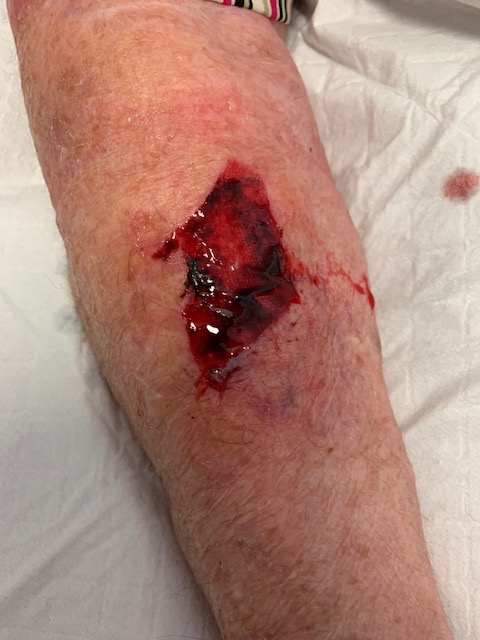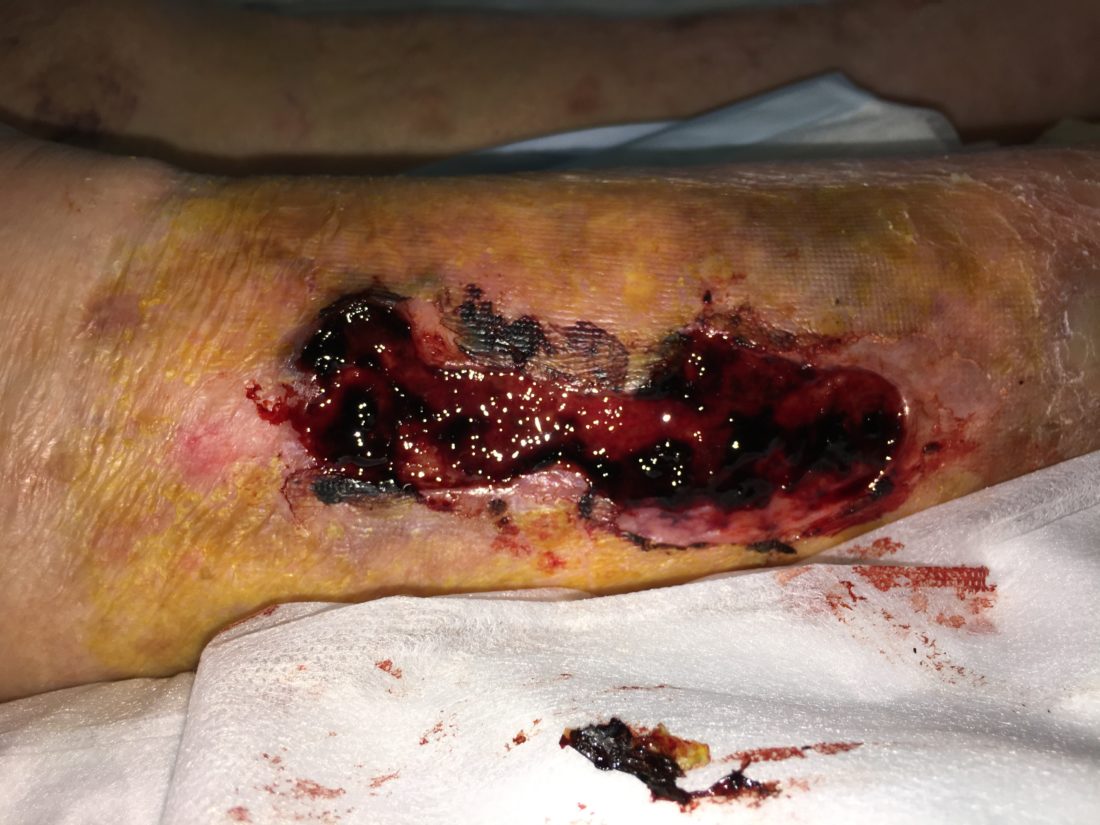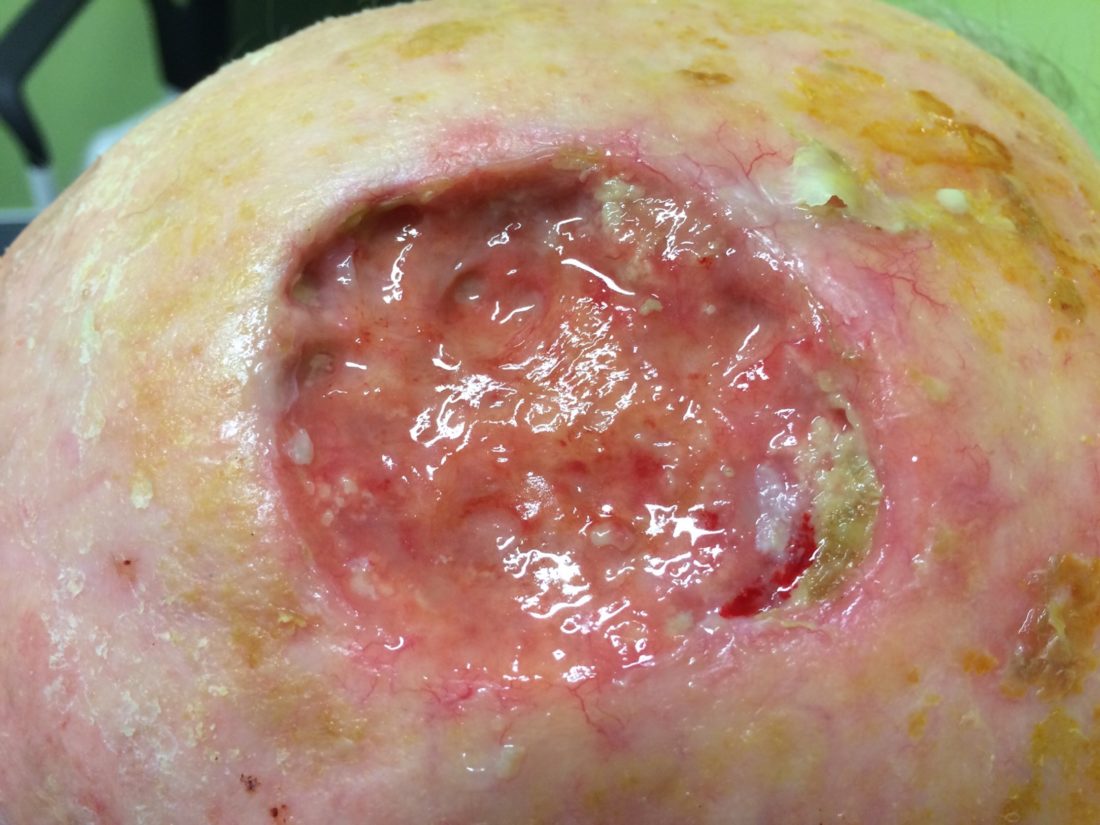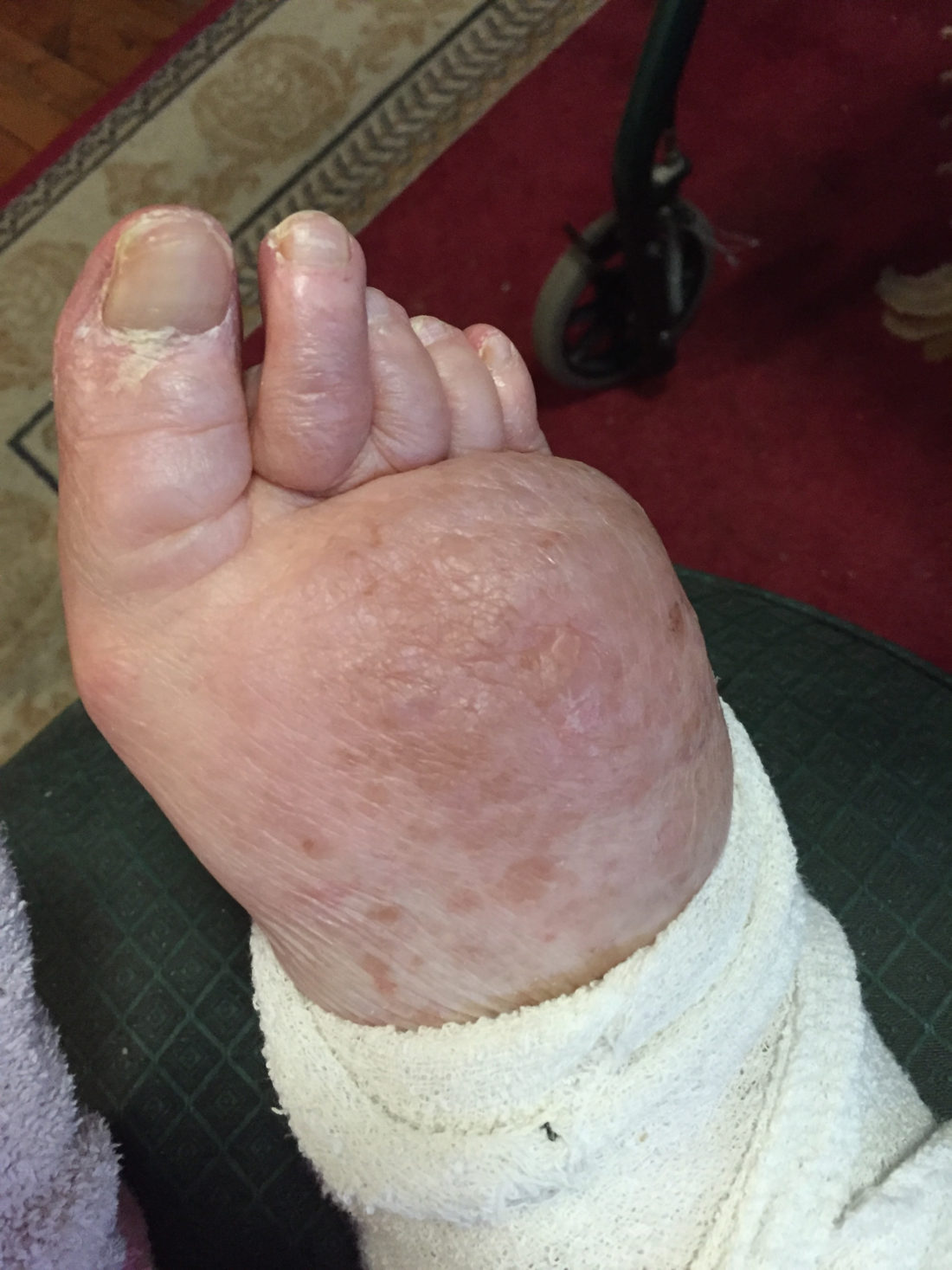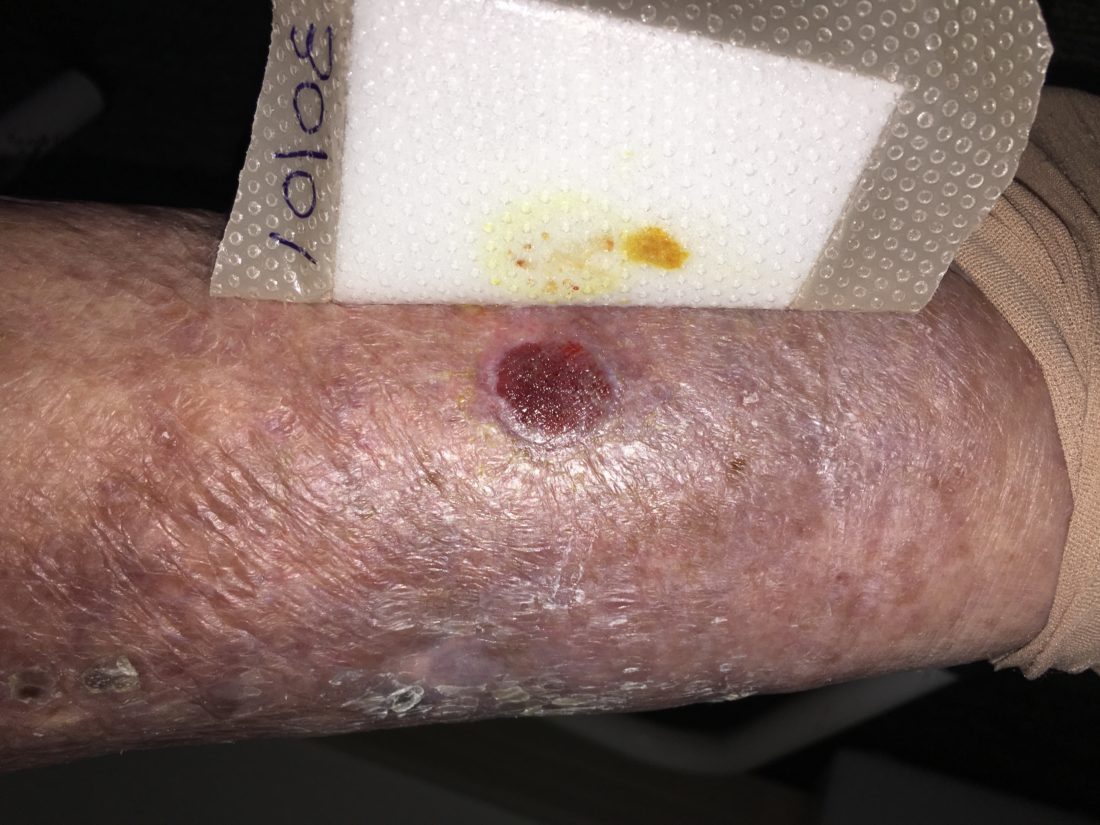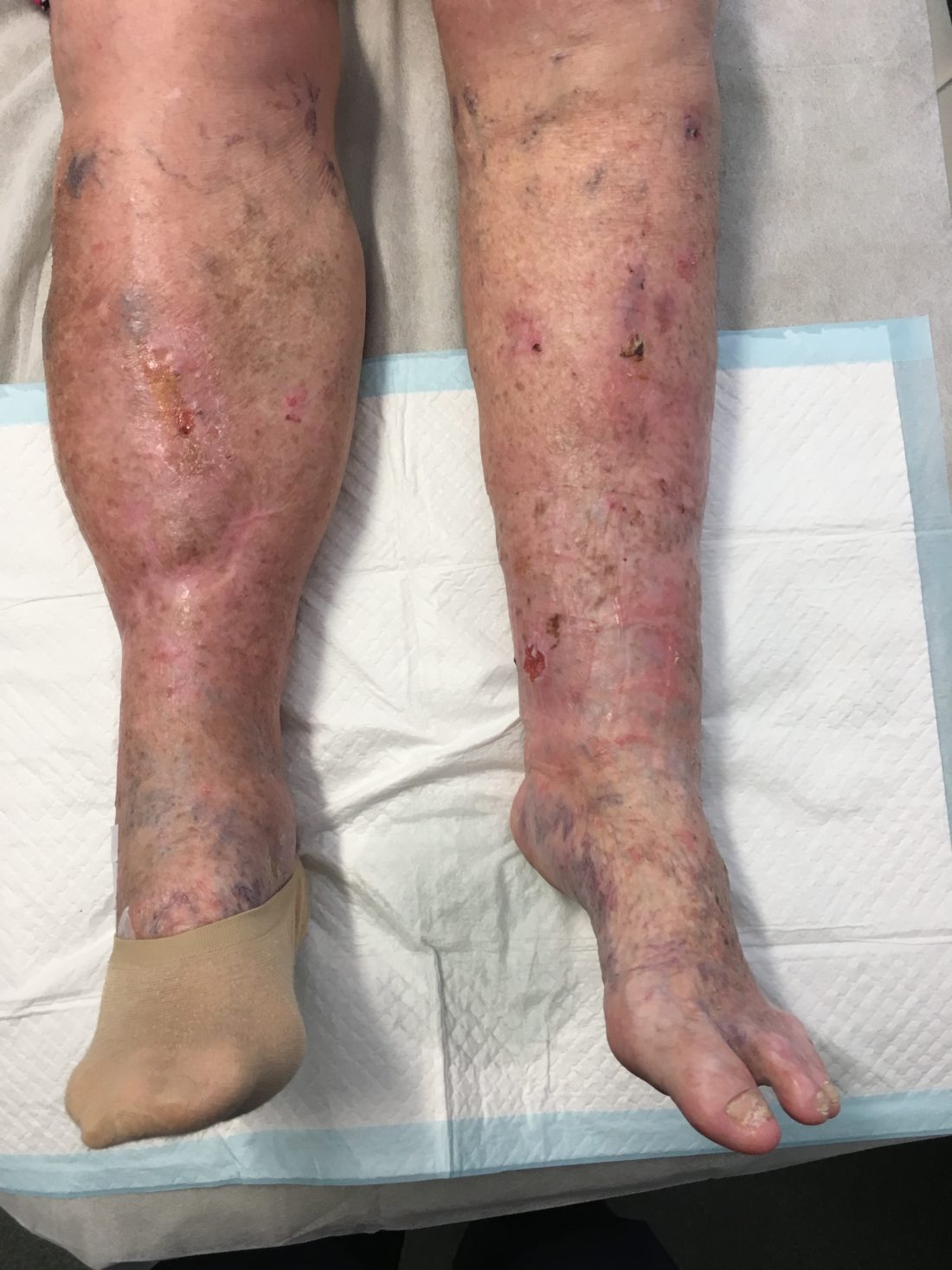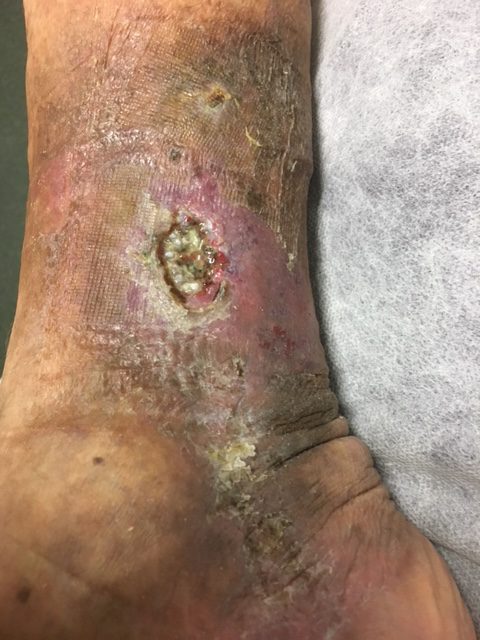5 September 2020
In
News
By
thewoundguy
Our colleagues at the NHS have developed an excellent Pathway to appropriately manage skin tears that occur below knee.
https://www.rdash.nhs.uk/wp-content/uploads/2019/07/TVWCM-v1-Appx-2-Lower-Body-Skin-Tear-Pathway.pdf
10 June 2020
In
News
By
thewoundguy
COVID19 and its necessary social isolation has placed vulnerable people in a position that loneliness has become an ever present reality.
However, people who experience chronic wounds and lymphoedema are also too well aquainted with this void in interpersonal relationships.
The link below contains some tips from
18 May 2020
In
News
By
thewoundguy
Medical and healthcare education is vital for ensuring up-to-date service delivery.
Literature, on-site inservices, conferences and webinars are all valuable sources of learning.
Getting the time, funding and access to obtain appropriate training is always a challenge.
This is where on-line learning can provide health professionals with what
1 March 2020
In
News
By
thewoundguy
Christine Murphy and her colleagues have recently published a new international consensus document which addresses the concept of wound hygiene for hard-to-heal wounds. The presumption is that the majority of stalled wounds will contain biofilm. It is suggested that disrupting biofilms via aggressive wound cleansing
4 November 2019
In
News
By
thewoundguy
An estimated 93% of all those who are malnourished or at risk of malnutrition in the UK are living in the community.
Most of the at risk population are older people, people on low incomes, those who are socially isolated, individuals with chronic disorders and persons
6 September 2019
In
News
By
thewoundguy
Most clinicians and patients expect their cutaneous wounds to heal - which is fine, until they don’t. Spruijt et al recently reported on complex wounds which were receiving expert care by specialist wound practitioners in Europe. The wound aetiologies treated included diabetic ulcers, osteomyelitis, wounds
9 July 2019
In
News
By
thewoundguy
Robyn Bjork and Suzie Ehmann recently wrote a clinical guidance document on compression and the lower limb. Their document has many points of interest about oedema aetiology and the determination of appropriate therapy. Just a few highlights are : 1. “All oedema is technically lymphoedema,
3 July 2019
In
News
By
thewoundguy
Brindle & Farmer recently discussed the concept of combining wound bed preparation with “undisturbed wound healing”. The notion being that impediments to wound repair such as devitalised tissue, infection, unresolved inflammation and inappropriate exudate, are treated and then as the wound enters a proliferative or
Thank you to Lipoedema Australia for this very helpful differential diagnosis chart.
18 May 2019
In
News
By
thewoundguy
Individuals who achieve closure of a venous leg ulcer but who then receive no ongoing therapy afterwards are subject to recurrence rates as high as 76% within the first year post treatment. Interventions available to reduce these recurrence rates include endovenous sclerotherapy, endovenous ablation, venous



